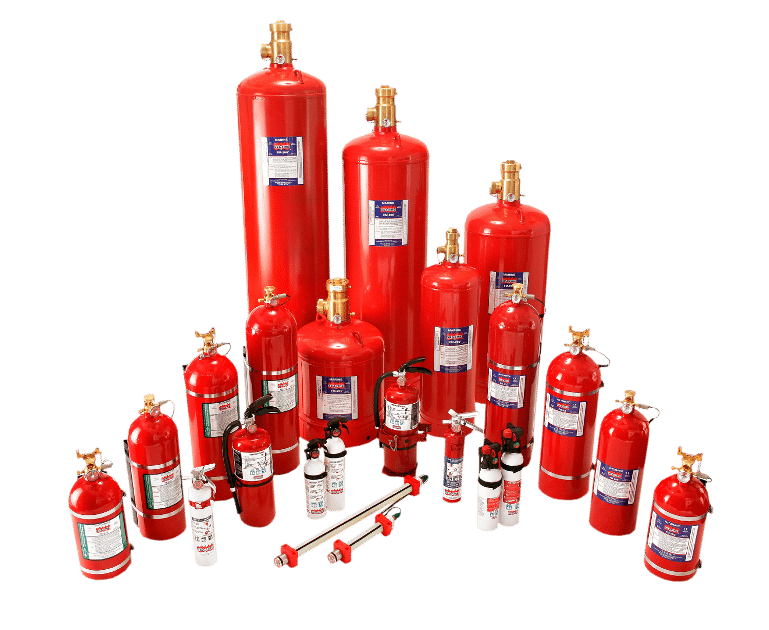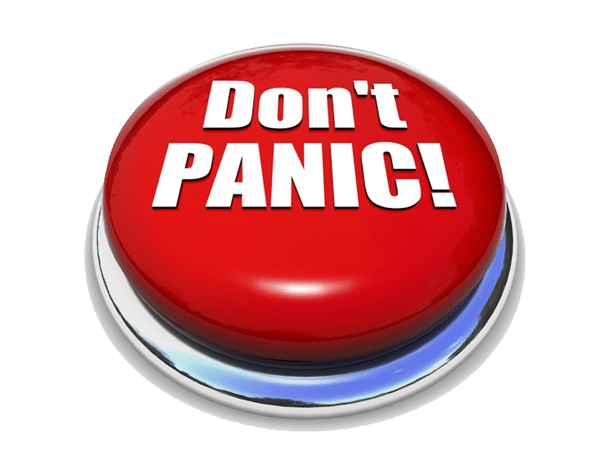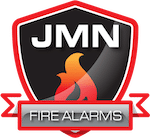
How does it work?
A Room integrity Test works by creating pressure within the room or enclosure where the Fire Suppression System has been installed. The Test then measures the integrity of the room to ensure the gas does not dissipate too quickly before being able to extinguish the fire. It will also check to ensure the room is not sealed to tightly, as this may cause internal structural damage.
What is the minimum retention time?
Room Integrity Testing ensures the extinguishing agent will achieve the correct concentration and maintains it for a ‘minimum retention time’ value.
The minimum retention time required under I.S. EN 15004-1 for all gaseous agents is 10 minutes, apart from CO² which has a minimum required retention time of 20 minutes. The ‘retention time’ is the period that the gaseous agent should exist at an acceptable design concentration (Cmin), whilst remaining above the minimum protected height to prevent the re-ignition of a fire once it has been extinguished.
The ‘minimum protected height’ is a determined height from the base floor level to the top of any identified critical asset or risk, or as designated by the ‘responsible person’. The ‘responsible person’ should always be consulted with, and agree the minimum protected height, regardless.


What type of system requires a Room Integrity Test?
Common Systems that require a Room Integrity Test are FM200, NOVEC 1230, Co2, Inergen, IG55 and IG541.
Due to the overall characteristics of FM-200 the sealing requirements for effective retention are much more stringent than those for any of the Inert agents.
In general an enclosure protected with FM-200 needs to be sealed to reduce the leakage by at least half that allowed for the Inert Agents, this can and does have an impact on the structural sealing costs.
If an enclosure has satisfied an Integrity Test utilising Halon as the medium it will definitely satisfy the requirements for any of the inert agents resulting in no additional structural costs. Unless the result with Halon is in excess of 12.5 minutes it will not satisfy the requirements for containing FM-200 resulting in the need for structural improvements inevitably leading to an increase in building costs.
How often do I need a Room Integrity Test?
Any gas fire suppression system that protects an enclosure should have a room integrity test when it is commissioned. It is a requirement of British Standards (ISO14520 / I.S. EN 15004) and NFPA 2001 Code that a room integrity test is conducted on initial installation and thereafter at least annually. It should also be performed if any modifications to the room take place.


What if the Room Fails?
If a room fails an Integrity Test, we will give you a full report detailing the areas that failed and provide a bespoke room sealing service. Our trained Engineers will attend and locate the leakage, this may be done with the use of smoke. Once the leakage is identified this will be sealed using specialist sealing products.



